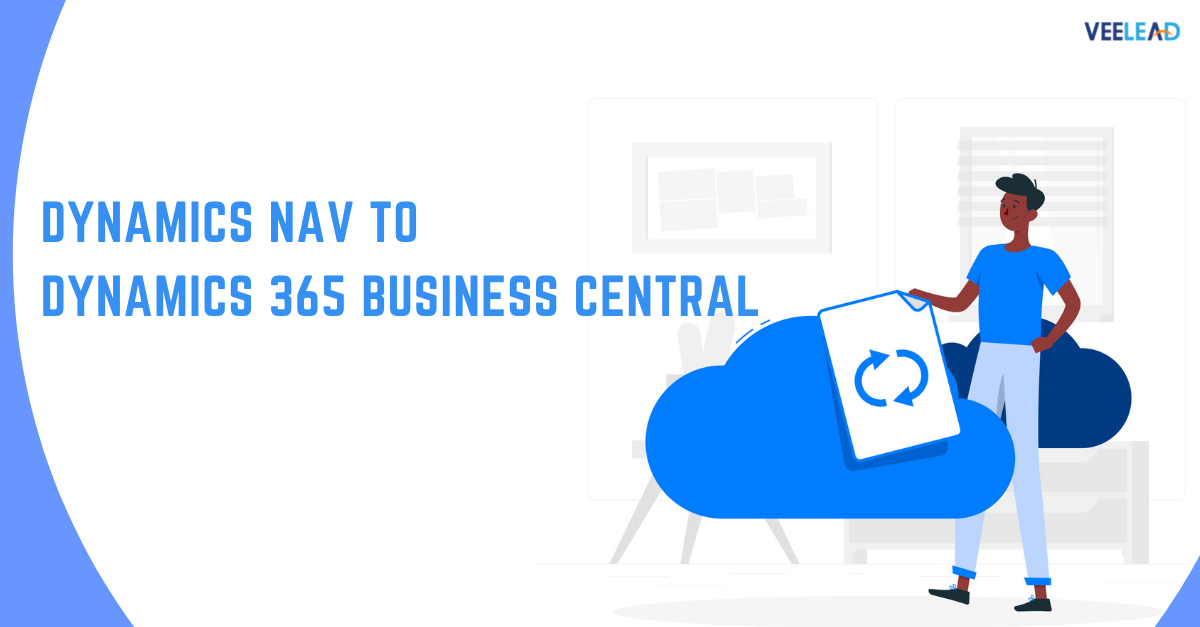

Businesses that are now using Dynamics NAV are gradually migrating to Dynamics 365 Business Central. As more NAV users make the switch to Business Central, a growing number of people are wondering if it’s worth it.
Dynamics NAV
Dynamics NAV is an ERP (Enterprise Resource Planning) software developed by Microsoft. In 2002, Microsoft purchased the platform in order to broaden its business offerings by developing a financial operations system for small and medium-sized organizations.
The Dynamics NAV solution was created to assist businesses in improving their back-end sales and operations processes by providing a user-friendly piece of software that simplified automation.
As a result, Dynamics NAV was designed to meet the needs of small and medium-sized organizations. It goes without saying that Dynamics NAV has won its bet, with over 160 000 clients and over 2.7 million users. However, in order to better meet the needs of its customers, Microsoft has moved its two most popular products to the cloud since 2018. Dynamics AX has been rebranded as Dynamics 365 Finances and Operations, and Dynamics NAV has been rebranded as Business Central. Microsoft Dynamics NAV is no longer for sale. Only organizations with existing licenses are expected to access the system. Even for those who still have licenses, the system is no longer updated, which means the software will shortly become obsolete.
Microsoft Dynamics 365 Business Central
Business Central is a newer version of Dynamics NAV that provides the same core capabilities in a more user-friendly interface. It’s also SaaS (Software as a Service), which means it can be accessed from anywhere and has the same security as Microsoft 365. Microsoft Dynamics 365 Business Central aids in the day-to-day operations and processes of a business. Financials, stock management, purchasing, and much more are all included, with Power BI offering real-time data and analytics.
Because of the digital transformation that many small and medium-sized enterprises have adopted in recent years, the migration from Dynamics NAV to Business Central was essential. As a result, the features and functions are the same as they were with NAV, but on a more digital platform.
Business Central On-Premise is developed for use on-premise. It can be hosted in the cloud as well, but it won’t provide the same level of cooperation as a fully managed cloud-based solution.
Business Central Cloud integrates all of the features of the on-premise version with the advantages of a true cloud solution. You can have convenient 24/7 access from any device, real-time information flow, seamless upgrades, easy integration building using web APIs, and lower hardware expenses with Business Central Cloud.
Business Central On-Premise is a wonderful alternative if you prefer to host your software on-premises, while Business Central Cloud is the better option if you need to migrate your operations to the cloud.
Difference between Dynamics NAV and Dynamics 365 Business Central:
So, how does Dynamics 365 Business Central differ from Dynamics NAV if the platforms have similar functionality? While the two systems have many similarities, there are five important differences that make Business Central the better solution for many:
Functionality:
The new ERP solution integrates better with other Microsoft products that many organizations already use, including all Microsoft Dynamics suite applications, such as Microsoft Dynamics 365 Sales (CRM), and Office 365 products, like Outlook and Excel. This prevents silos and enables more automated activities to boost production. When this is combined with native access to Microsoft’s Power Platform (e.g., Power Automate), end-users may develop powerful workflows and integrations without the need for extensive code.
The days of rewriting your ERP solution’s source code to generate unique customizations are long gone. Business Central now employs an Extension feature that separates customized code from the source code. This will save you both time and money in the long term because upgrades will be simple.
Licensing Options:
You can license Business Central as a monthly subscription or a perpetual license, depending on whether you want to save money on operations or invest in the future. Single Sign-On and usability across many platforms, including iOS, Android, and PC, are also available to Business Central users.
What does this mean for your company, though? It improves accessibility and makes remote working much more convenient, especially as the working landscape changes toward a combination of office and home-based employment. To complete their tasks, your employees can now just log onto the web app from any device. This makes the ERP solution for your company considerably more cost-effective and versatile. Microsoft is presently offering license transition deals to facilitate the migration from NAV to Business Central as inexpensive and easy as possible.
Hosting Options:
The primary goal of Microsoft Business Central was to deliver Dynamics NAV features to the cloud. Although Business Central can be deployed on-premises, the solution was designed with the cloud in mind. Business Central is accessible as a cloud-based SaaS solution as well as a perpetual/hosted solution, whereas Dynamics NAV can be used in a private data center or on your own server but not as a pure cloud solution.
Cloud hosting eliminates the need for you to invest in and manage your own in-house servers while also giving you the flexibility to add and remove capacity at any time.
Easy Upgrades:
Automatic updates will be done in the background on a bi-annual release cycle in your Business Central environment. Any third-party add-ons or environment customizations are now designed to avoid interfering with this procedure. Compare this to Dynamics NAV upgrades, which might take months to complete depending on the environment’s complexity.
This ensures that your company is constantly running the latest optimized version of Business Central, without the hassle and expense of manually updating the program as is the case with Dynamics NAV.
Modern Platform:
Dynamics 365 Business Central has an intuitive appearance and feels that will help users reduce training and ramp-up time. Business Central may be accessible from any location, at any time, providing users the flexibility to operate from anywhere.
Upgrade Dynamics NAV to Dynamics 365 Business Central:
We understand that many businesses have been using Dynamics NAV for a long time, thus Nav users may be hesitant to convert to Business Central. But, with even more capability and greater usability than the NAV solution, you won’t regret you took the first step.


